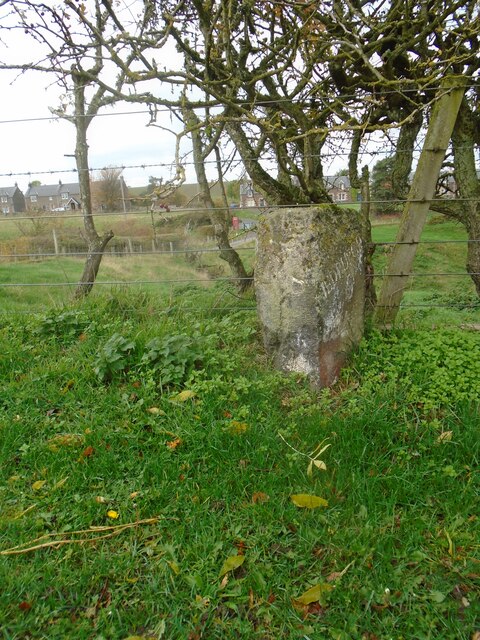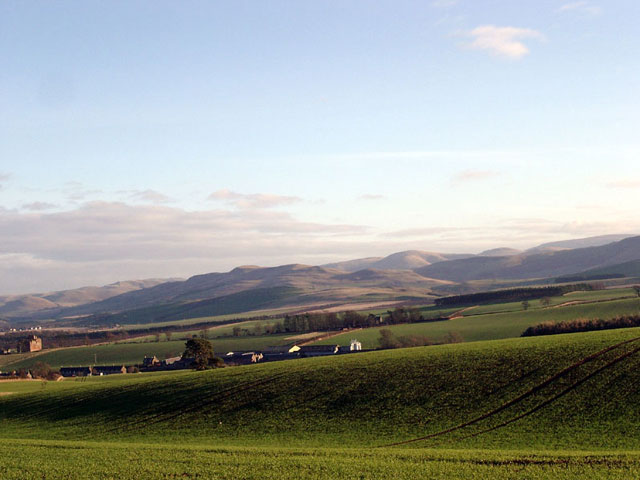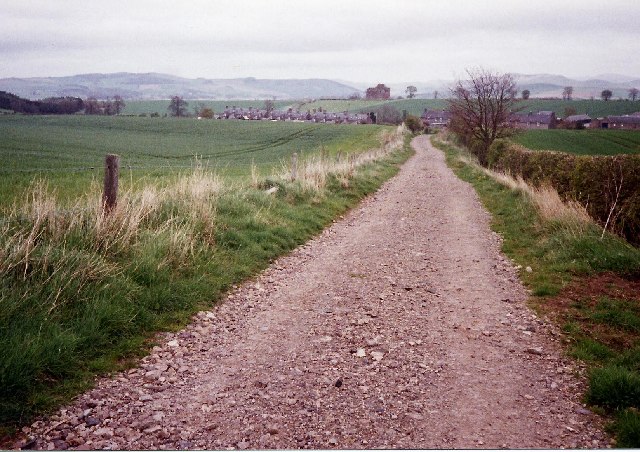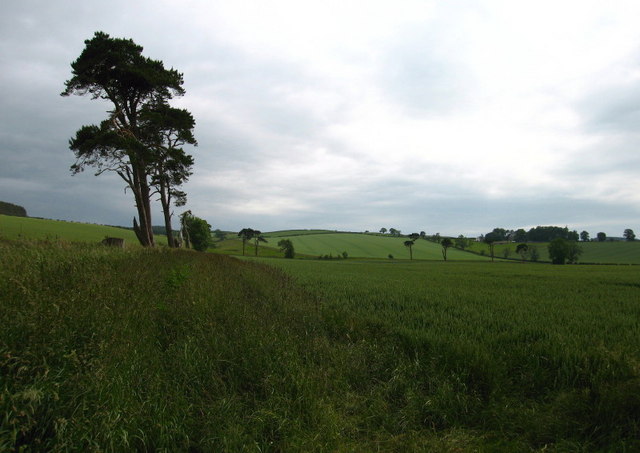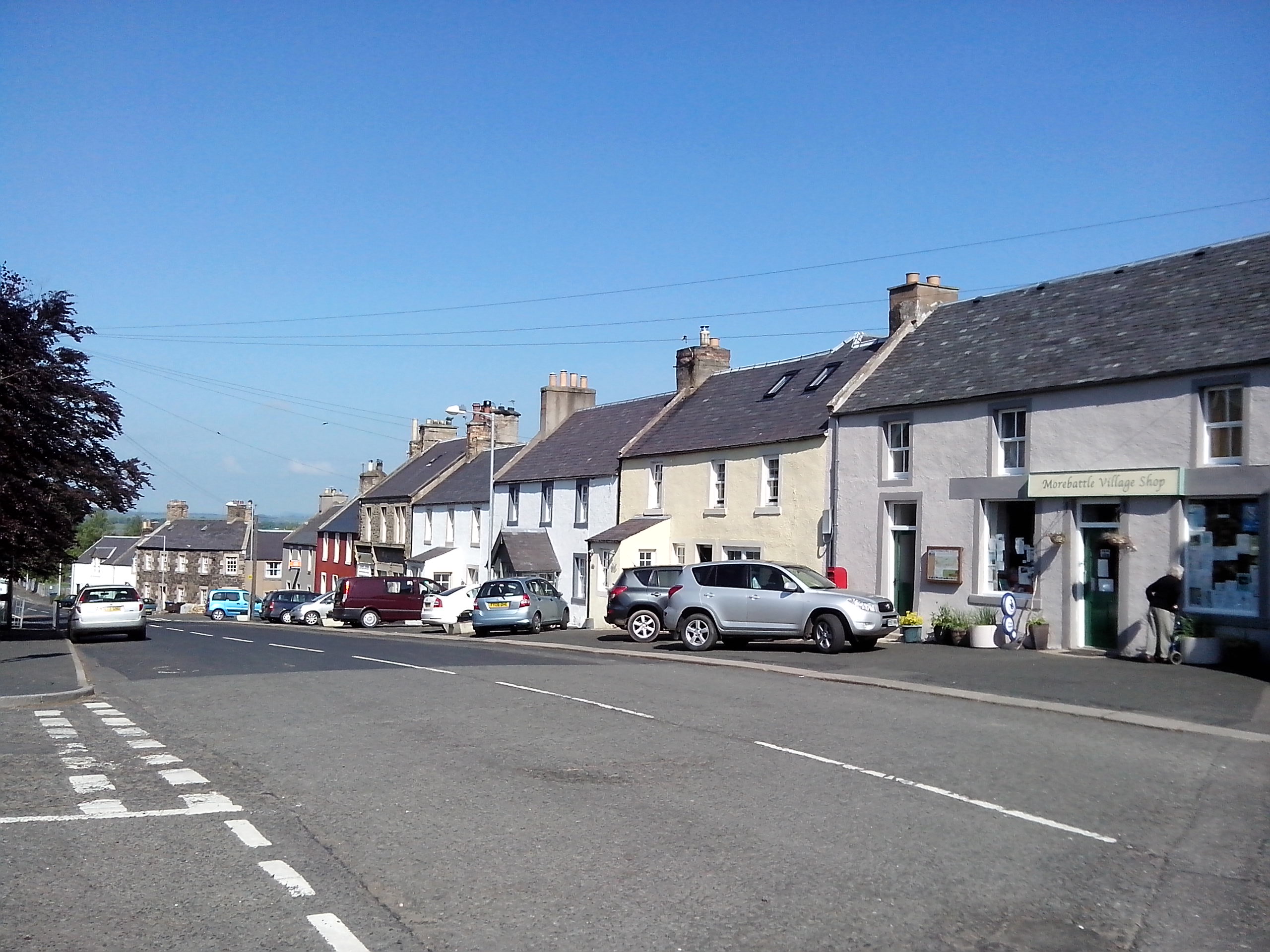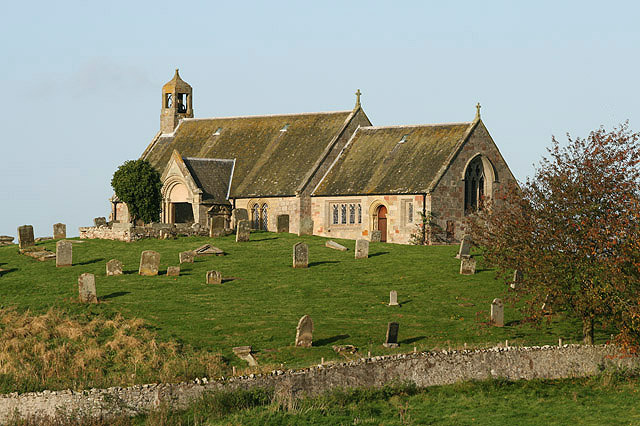Black Wood
Wood, Forest in Roxburghshire
Scotland
Black Wood

Black Wood is a majestic forest located in Roxburghshire, a historic county in the Scottish Borders region of Scotland. Spanning over a vast area, this enchanting woodland is renowned for its dense and dark foliage, giving it the name "Black Wood."
The forest is predominantly composed of ancient Caledonian pine trees, which have stood tall for centuries, creating a captivating landscape. These towering pines, with their gnarled branches and thick trunks, provide a home to a diverse range of wildlife, including red squirrels, deer, and various bird species.
As visitors venture through the forest, they are greeted by a sense of tranquility and serenity. The forest floor is carpeted with a lush layer of moss, while ferns and wildflowers add splashes of color to the greenery. The air is filled with the earthy scent of pine needles, creating a soothing atmosphere.
Black Wood offers a network of well-maintained trails and paths, allowing visitors to explore its beauty at their own pace. These trails lead to viewpoints that provide stunning vistas of the surrounding countryside, including the picturesque River Teviot that meanders through the region.
The forest also holds historical significance, as it was once part of the ancient Ettrick Forest, a royal hunting ground. Ruins of old hunting lodges and boundary markers can still be found within the woodland, serving as reminders of the area's rich heritage.
With its captivating beauty, diverse wildlife, and historical importance, Black Wood is a must-visit destination for nature lovers and history enthusiasts alike, offering a truly immersive experience in the heart of Roxburghshire.
If you have any feedback on the listing, please let us know in the comments section below.
Black Wood Images
Images are sourced within 2km of 55.517796/-2.4206 or Grid Reference NT7324. Thanks to Geograph Open Source API. All images are credited.
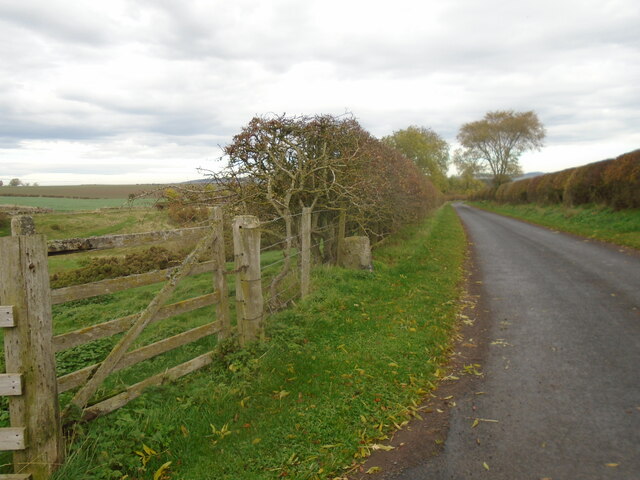


Black Wood is located at Grid Ref: NT7324 (Lat: 55.517796, Lng: -2.4206)
Unitary Authority: The Scottish Borders
Police Authority: The Lothians and Scottish Borders
What 3 Words
///sweetener.speedily.developed. Near Maxwellheugh, Scottish Borders
Nearby Locations
Related Wikis
Cessford Burn
Cessford Burn is a small stream which eventually runs to meet the Kale Water and then joins the River Teviot, finally entering the River Tweed at Kelso...
Cessford Castle
Cessford Castle is a large ruined mid-15th century L-plan castle near the village of Cessford, midway Jedburgh and Kelso, in the historic county of Roxburghshire...
Cessford, Scottish Borders
Cessford is a hamlet and former barony about a mile south of the B6401 road, in the Scottish Borders area of Scotland. The placename is from Gaelic 'ceis...
Eckford, Scottish Borders
Eckford is a small village located between the larger towns of Kelso and Jedburgh in the Scottish Borders. The village is in close proximity to both the...
Kale Water
The Kale Water is a 20 miles (32 km) long tributary of the River Teviot in the Scottish Borders area of Scotland. Its feeder burns in the Cheviot Hills...
Morebattle
Morebattle is a village in the Scottish Borders area of Scotland, on the B6401, seven miles south of Kelso, Scottish Borders, beside the Kale Water, a...
Kalemouth
Kalemouth is a place in the Scottish Borders area of Scotland, where the Kale Water joins the River Teviot, near to Eckford, Cessford, Crailing, Kelso...
Linton, Scottish Borders
Linton is a small village in the Scottish Borders area of Scotland. It is situated a mile north of the village of Morebattle. == History == People have...
Have you been to Black Wood?
Leave your review of Black Wood below (or comments, questions and feedback).

